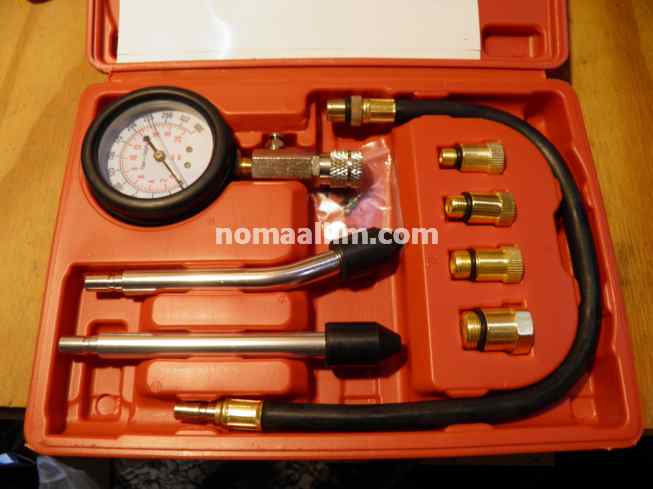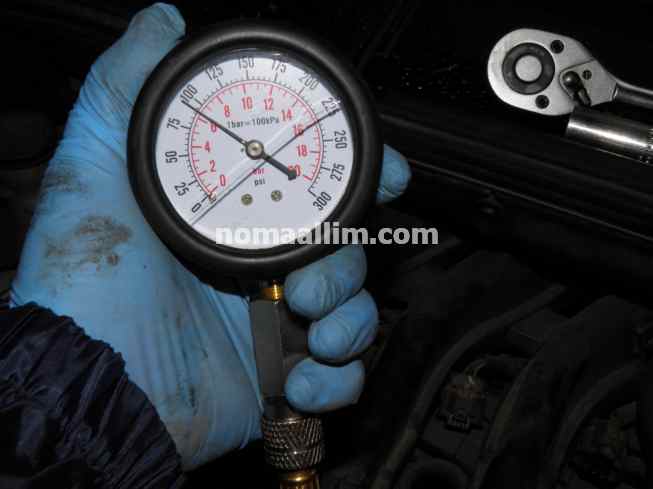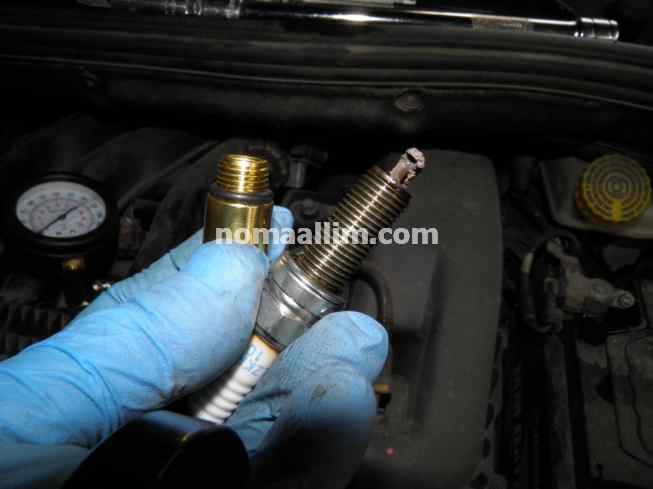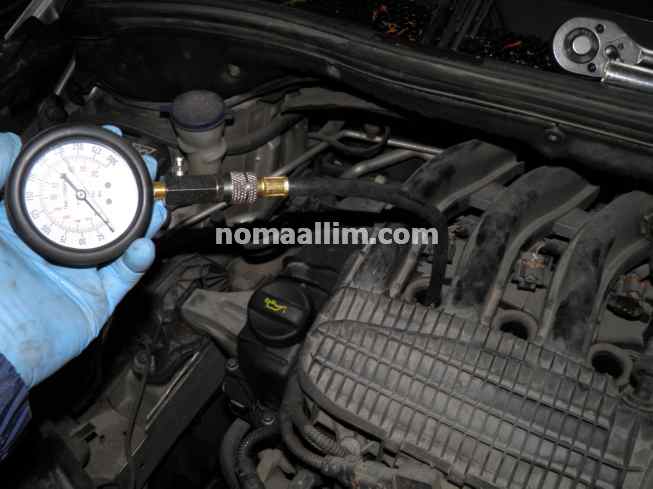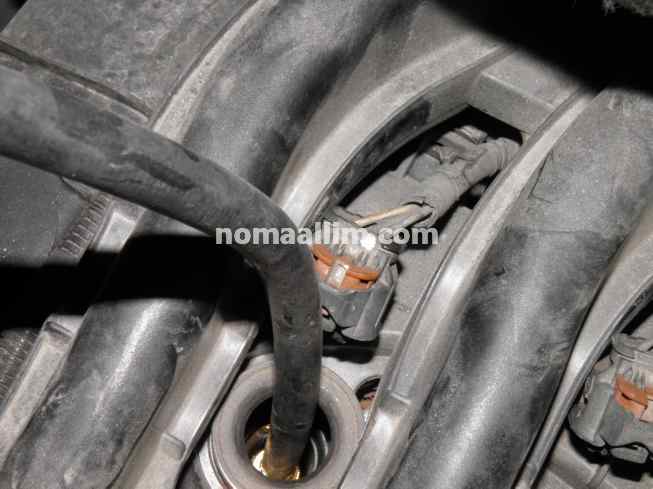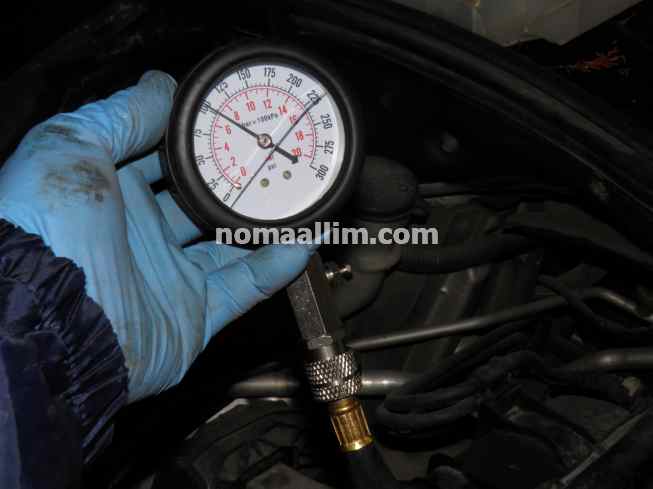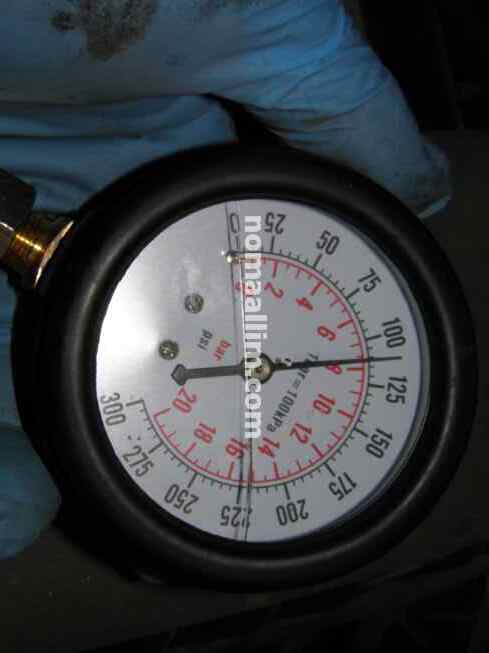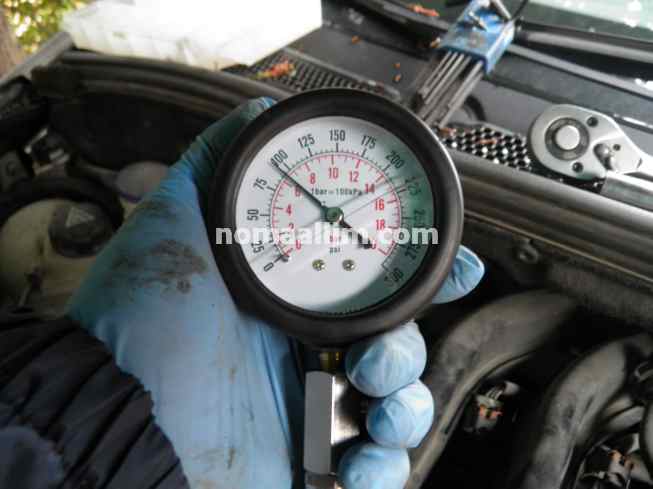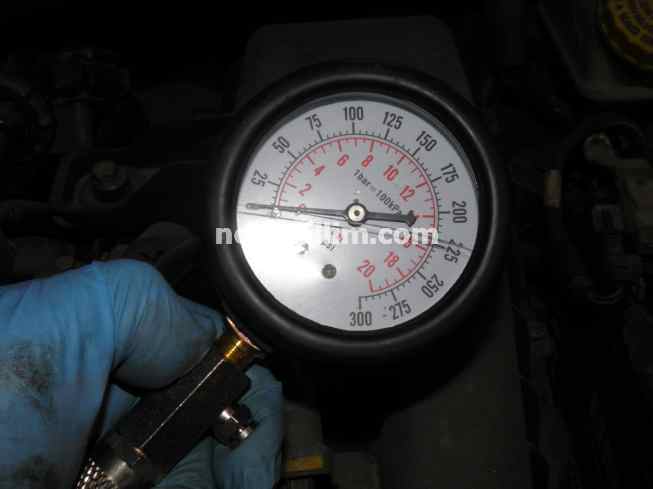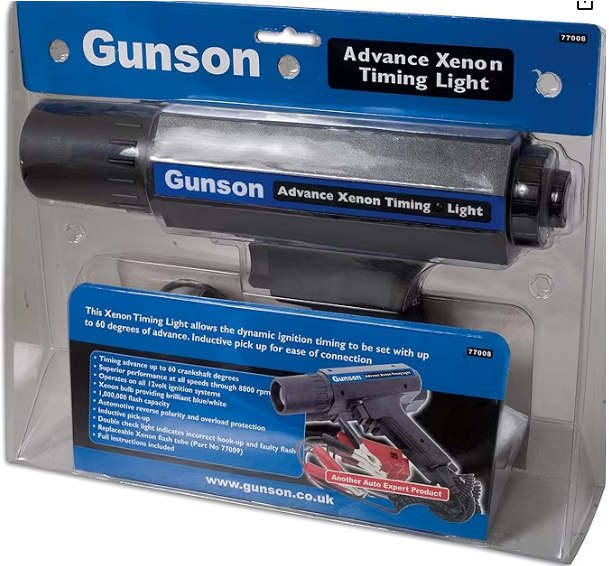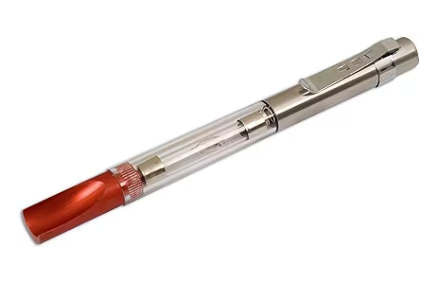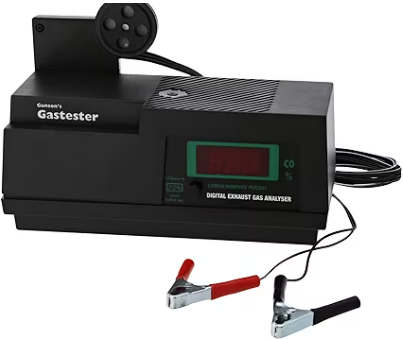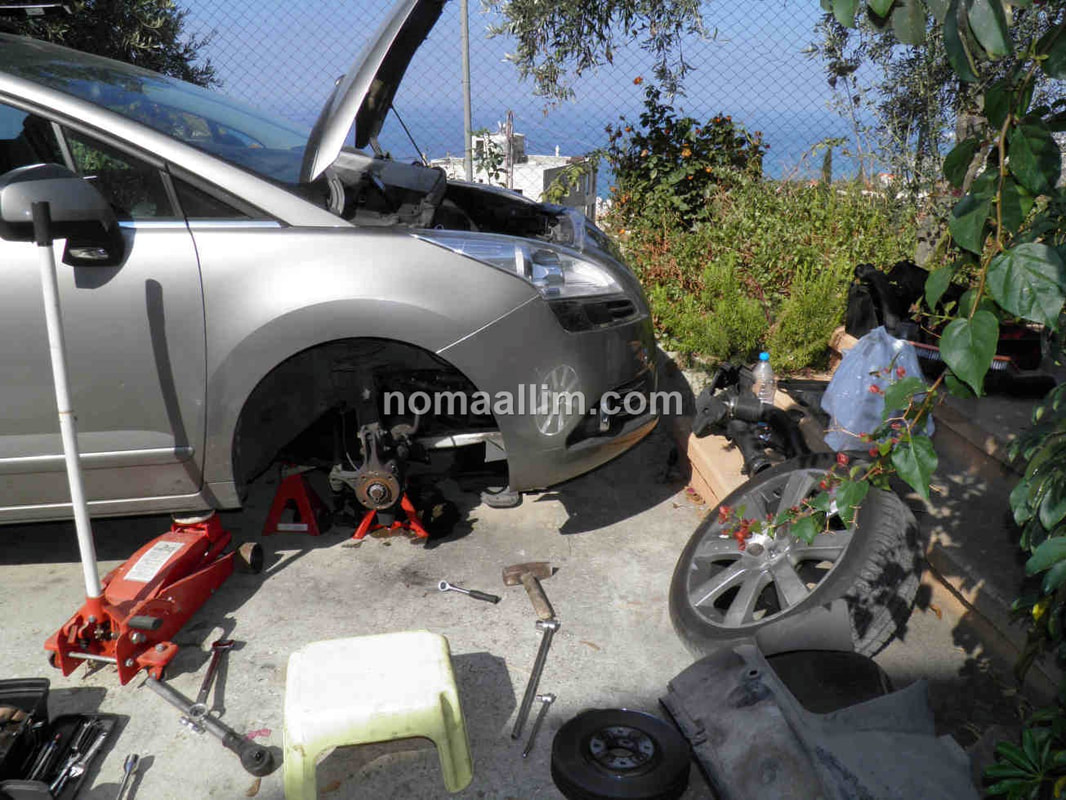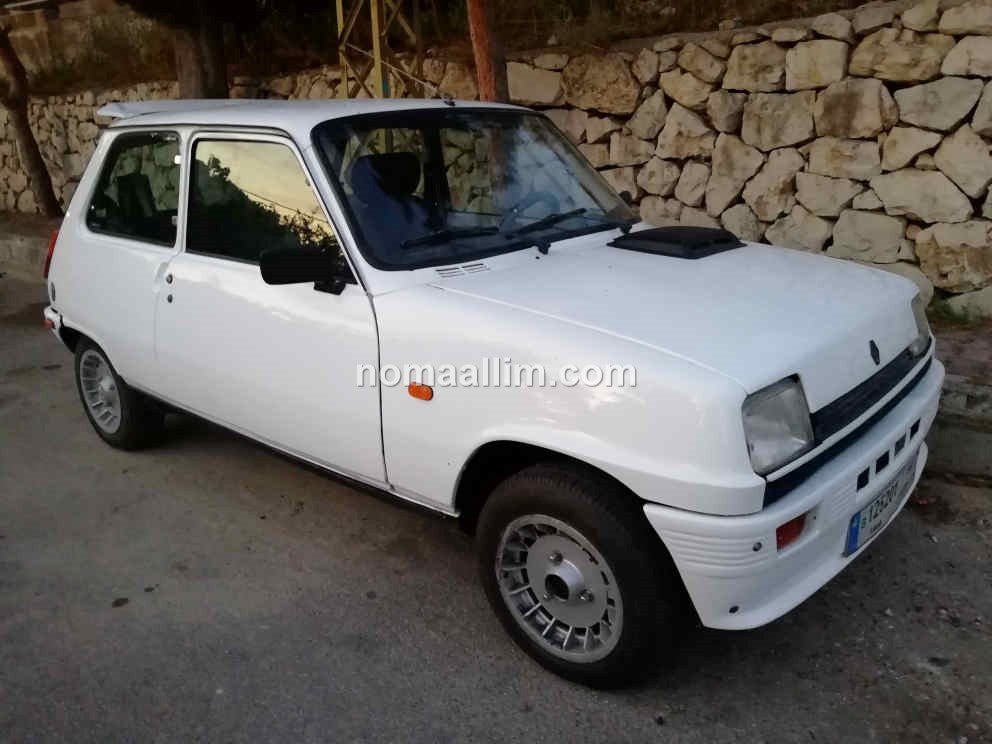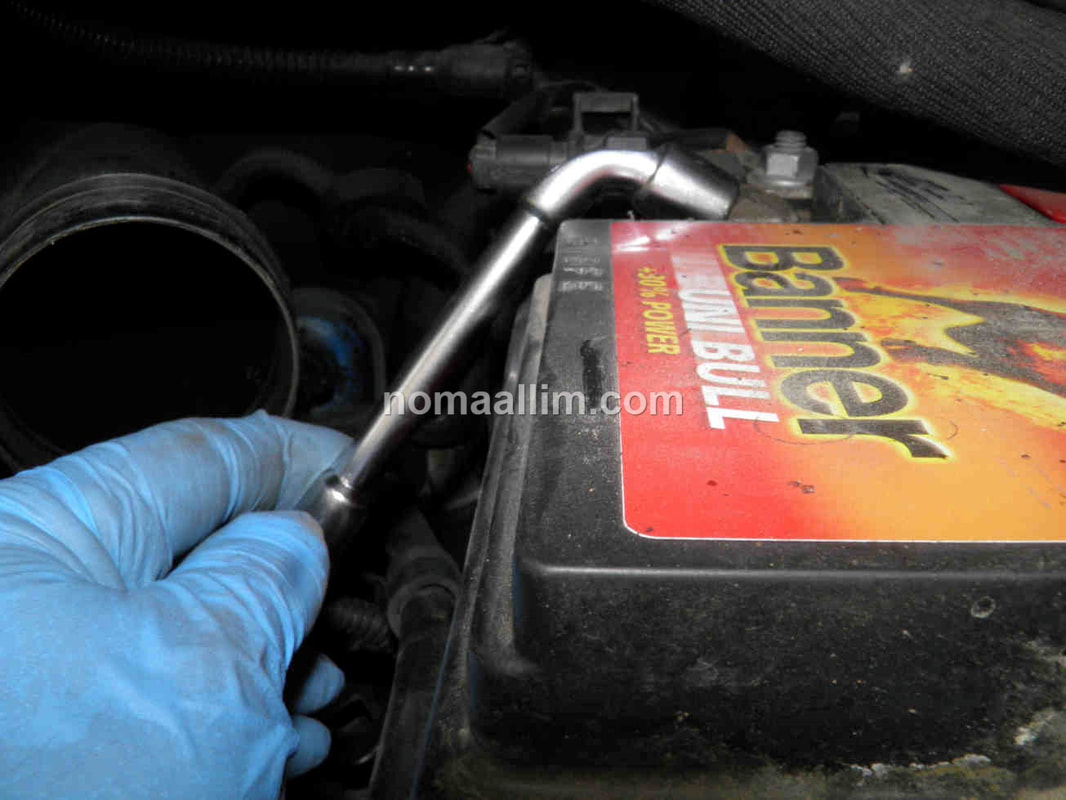COPYRIGHT WARNING:
All pictures and texts in this web page are the property of nomaallim.com. Any use of any part of those contents without the written consent of nomaallim.com shall be subject to legal procedures as per international and local laws in the concerned country. Using the name "nomaallim" or "nomaallim com" or "nomaallim.com" in the text describing the unauthorized copied content shall not constitute an exception and shall be sanctioned in accordance to the effective laws and proceedings.
All pictures and texts in this web page are the property of nomaallim.com. Any use of any part of those contents without the written consent of nomaallim.com shall be subject to legal procedures as per international and local laws in the concerned country. Using the name "nomaallim" or "nomaallim com" or "nomaallim.com" in the text describing the unauthorized copied content shall not constitute an exception and shall be sanctioned in accordance to the effective laws and proceedings.
DISCLAIMER:
Our pictorials are of informative nature and do illustrate works carried out by ourselves at our own premises for our own use and satisfaction.
Readers who envisage to carry out similar works inspired by the below method shall do this at their own risks and liability.
Our pictorials are of informative nature and do illustrate works carried out by ourselves at our own premises for our own use and satisfaction.
Readers who envisage to carry out similar works inspired by the below method shall do this at their own risks and liability.
|
|
|
About the engine compression test
The engine compression test is a diagnostic tool that lets you determine the condition of your engine when used in conjunction with other tests and readings.
A complete diagnostic of a car's petrol engine should include the following tests:
A complete diagnostic of a car's petrol engine should include the following tests:
- Compression test
- Measurement of oil consumption
- Visual inspection of the spark plugs
- Visual inspection of the oil filling cap and oil level gauge
- Visual inspection of the radiator expansion tank of the cooling circuit
- Visual inspection of the exhaust gases and smoke (if any)
|
|
|
How to do an engine compression test
- The compression test should be carried out on a warm (but not hot) engine.
- Turn on your engine and let it idle for 10 to 15 minutes.
- Remove all COPs and spark plugs.
- If your car is fitted with an old ignition system with spark plug wires, make sure to disconnect the 12V supply of the ignition choke.
- Chose the pressure gauge hose adapter that fits the thread of your engine's spark plugs.
- Screw the compression tester in the seat of the spark plug of the first cylinder on any of the engine sides.
- Do not over-tighten the adapter as you could damage the rubber O-ring.
- Activate the engine starter and watch the pressure gauge.
- DO NOT SMOKE WHEN DOING THIS OR HAVE ANY FLAME OR SPARK AT PROXIMITY
- Stop as soon as the pressure doesn't go up anymore in the cylinder. This happens after hearing the engine rotating 4 times.
- Note the reading along with the corresponding cylinder number.
- Zero the compression tester gauge and move it to the next cylinder.
- Repeat the compression test on the next engine cylinder and so on.
Compression test results interpretation
Compare your readings between cylinders.
All petrol engines usually return a value close to 100 PSI.
Slight differences between cylinders pressure readings are normal and are due to different valves gaps on different cylinders.
A significant difference on one cylinder in particular is most likely due to a defective head gasket but can also be due to worn piston rings.
Check the coolant and oil consumption to confirm, also visually inspect the spark plugs.
All petrol engines usually return a value close to 100 PSI.
Slight differences between cylinders pressure readings are normal and are due to different valves gaps on different cylinders.
A significant difference on one cylinder in particular is most likely due to a defective head gasket but can also be due to worn piston rings.
Check the coolant and oil consumption to confirm, also visually inspect the spark plugs.
IMPORTANT: do not forget to reset the pressure gauge to zero after each measurement by pressing the pressure release button as shown:

